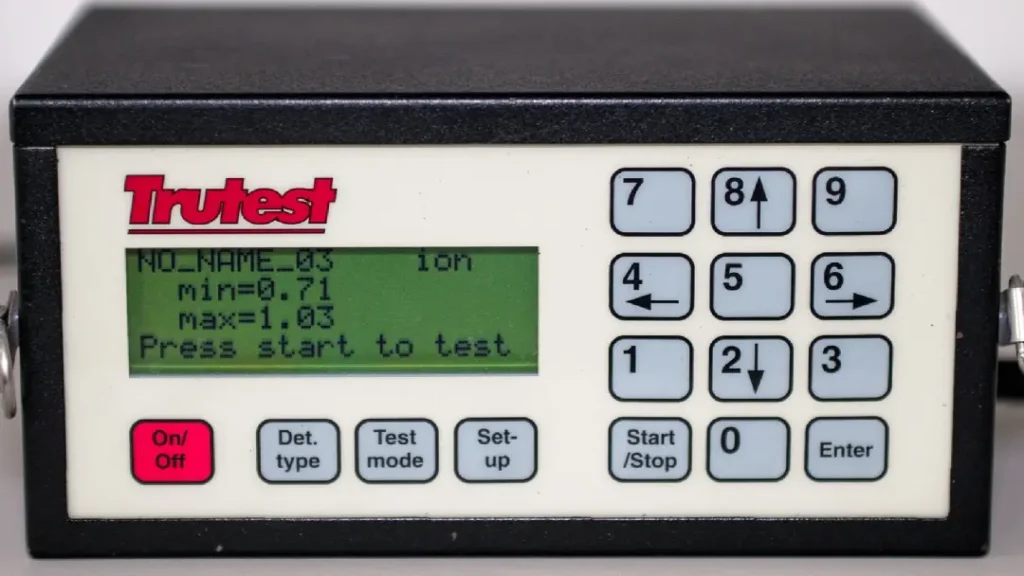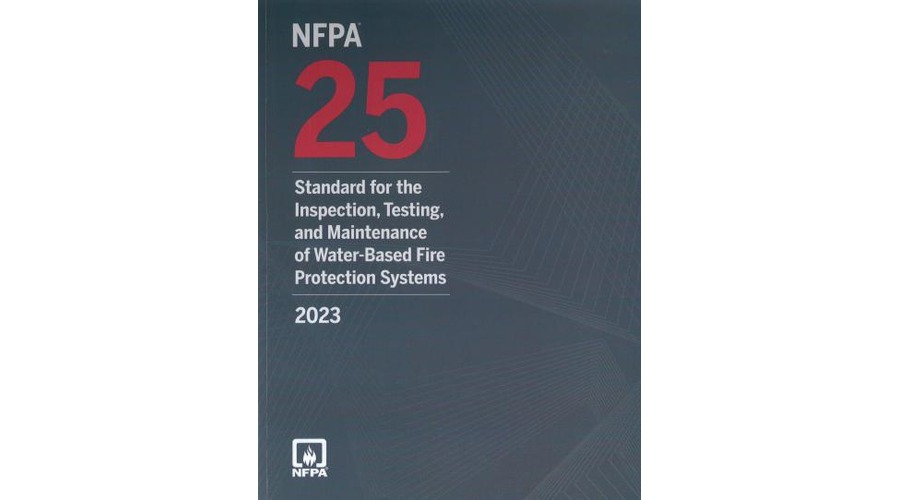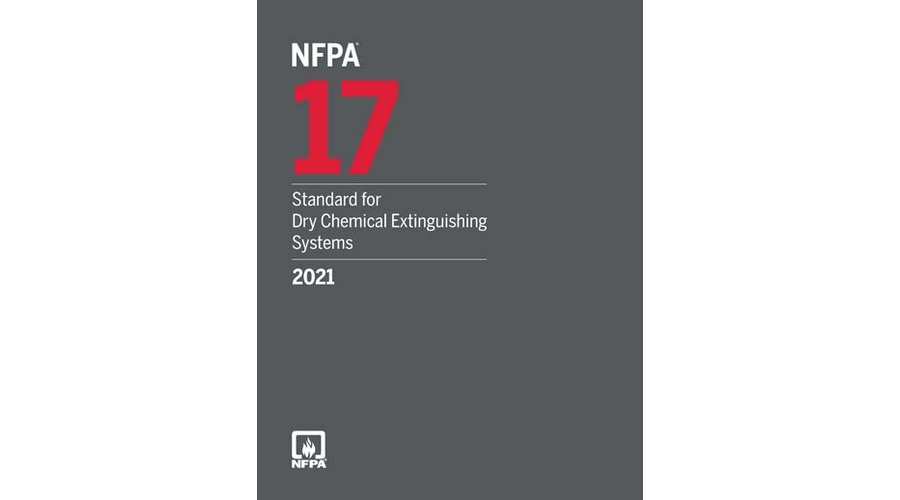

How Carbon Monoxide Detectors Could Be the Difference Between Life and Death
You can’t see it, smell it, or taste it. Carbon monoxide is a silent, deadly gas that could be lurking in your home without you even knowing. Produced when fuel burns incompletely, this invisible killer is released by everyday household items like gas stoves, fireplaces, or even cars. The scary part? It can cause serious harm, or worse, death, before you even realize something’s wrong.
The Dangers of Carbon Monoxide Poisoning
Inhaling this gas prevents your body from getting the oxygen it needs, leading to symptoms that often mimic the flu: headaches, dizziness, nausea, and confusion. It’s easy to brush these off as nothing serious, which makes the threat particularly deceptive.
The CDC reports that:
- Over 400 Americans die each year from unintentional poisoning.
- More than 100,000 emergency room visits occur each year due to exposure.
The risk is especially high for infants, the elderly, and people with underlying health conditions, but it poses a threat to anyone. This makes it a real, everyday danger, yet one that is entirely preventable.
Real-Life Stories: When a Detector Made the Difference
Imagine this: it’s early morning, and you’re enjoying the last few hours of sleep. Suddenly, a piercing alarm breaks the silence. It’s your carbon monoxide detector. At first, you might think it’s a false alarm, but then you remember how this gas is odorless and can kill without warning.
That’s exactly what happened to Jeff Deminski from New Jersey, who shared his terrifying experience when a carbon monoxide detector saved his newborn son’s life. His house was filling with the deadly gas, and without the alarm, he might have lost his entire family in their sleep. Similarly, two families in Pierre Part, Louisiana, were spared from tragedy when their alarms alerted them to high levels of carbon monoxide while using generators during a power outage.
Carbon monoxide doesn’t discriminate, and it doesn’t wait for the “right” time. A simple detector can be the difference between life and death.
How Carbon Monoxide Detectors Work
These detectors operate similarly to smoke alarms. They constantly monitor the air for elevated levels of CO. If levels exceed a safe threshold, the alarm sounds, giving you and your family time to evacuate. The placement of these detectors is crucial. Install them near sleeping areas so that you’re alerted if a leak occurs during the night. According to the CDC, battery-operated detectors with a backup power source are ideal, and it’s recommended to replace them every five years to ensure they’re in proper working order.


Subtle Symptoms, Big Consequences
What makes carbon monoxide especially dangerous is that its symptoms are often subtle:
- Mild symptoms: It starts with a headache or slight dizziness.
- As levels rise: You might feel nauseous, but write it off as something you ate. You may also experience increased dizziness and fatigue.
- Dangerous symptoms: As levels continue to rise, confusion sets in, making it difficult to think clearly or act. This is when things become truly dangerous. In some cases, individuals may fall unconscious before realizing anything is wrong.
In fact, one story described how a family was alerted to danger when their air purifier’s warning light flashed red. At first, they didn’t think much of it, but when they checked their carbon monoxide detection system, it was alarming with rapidly rising numbers. That quick check likely saved their lives.
The Importance of Regular Maintenance
Just like any other safety device in your home, carbon monoxide detectors need regular maintenance. It’s recommended to change the batteries at least twice a year—an easy trick is to do it when you change the clocks for daylight saving time. It’s also essential to ensure that gas appliances are serviced regularly to prevent leaks. Heating systems, water heaters, and gas stoves should be checked by professionals annually to minimize risks.
And don’t forget the lifespan of your detector. After five years, most carbon monoxide detection systems need to be replaced. Some might last longer, but it’s always better to be safe than sorry. Think of it as a small investment for long-term peace of mind.
Carbon Monoxide in Everyday Life
While we often associate carbon monoxide poisoning with malfunctioning appliances, the risk is broader. Power outages often lead to the use of portable generators, which emit this gas. After hurricanes or severe storms, families frequently turn to these generators for power, which can create a serious risk if used improperly indoors or too close to the house. Tragically, this leads to preventable deaths every year.
By placing a detector in your home, you’re covering all your bases. Whether it’s a broken furnace, a forgotten car running in the garage, or a generator during a storm, the alarm is there to catch what you can’t.
A Small Price for Safety
At the end of the day, carbon monoxide detectors are inexpensive, easy to install, and readily available. For something that costs about as much as a family dinner, you get something priceless: protection for your loved ones. As Jeff Deminski said after his experience, “Don’t think it won’t happen to you. You’ll never know the danger is there until it’s too late.”
The next time you’re out running errands or ordering online, take a moment to add a carbon monoxide detection system to your list. And if you already have one, check its batteries today. It’s one of the easiest ways to protect the people you love most. If you don’t know and rather leave it to a professional, give us a chat! it’s free.
A Simple Step to Save Lives
We often overlook the simple things, but when it comes to carbon monoxide, a small detector can make all the difference. Whether it’s a faulty appliance or a power outage leading to a generator leak, these alarms are essential for every household. With over 400 preventable deaths each year, you don’t want to become another statistic. Protect your family today because sometimes, it’s the things you can’t see that pose the biggest threat.
Carbon Monoxide Detection FAQS
References
- Centers for Disease Control and Prevention (CDC). https://www.cdc.gov/carbon-monoxide/about/index.html.
- Deminski, Jeff. “I Beg You, Get a Carbon Monoxide Detector.” New Jersey 101.5, October 9, 2015. https://nj1015.com/i-beg-you-get-a-carbon-monoxide-detector/
- WBRZ News. “Carbon Monoxide Alarms Save Lives of Two Families in Pierre Part.” WBRZ. https://www.wbrz.com/news/carbon-monoxide-alarms-save-lives-of-two-families-in-pierre-part/.
- Flaa, Jennifer. “A Carbon Monoxide Detector Saved Our Lives.” Huffington Post, Jan 28, 2014. https://www.huffpost.com/entry/-carbon-monoxide-detector_b_4664945
Your Local Experts in Carbon Monoxide Safety in California
At Kord Fire Protection, we specialize in protecting homes and businesses from the hidden dangers of carbon monoxide. With over 20 years of dedicated service throughout California, we offer top-quality carbon monoxide detection systems tailored to meet your specific needs.
Our commitment to safety means you can trust us to install and maintain reliable detectors that ensure the well-being of your loved ones and employees. We pride ourselves on competitive pricing and exceptional service, making it easy for you to safeguard what matters most.
Don’t wait for an emergency—contact us today for comprehensive carbon monoxide safety solutions!


Protect Your Property
Get the latest fire safety tips delivered straight to your inbox.




